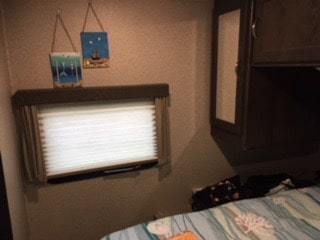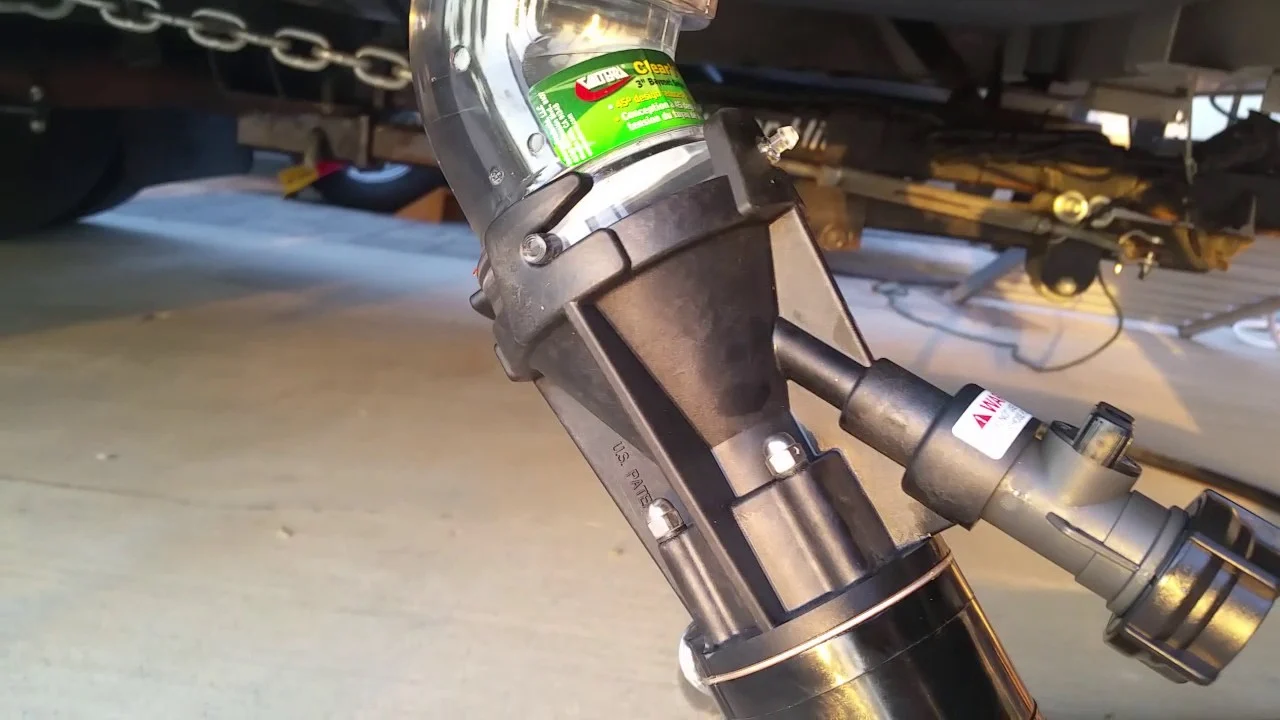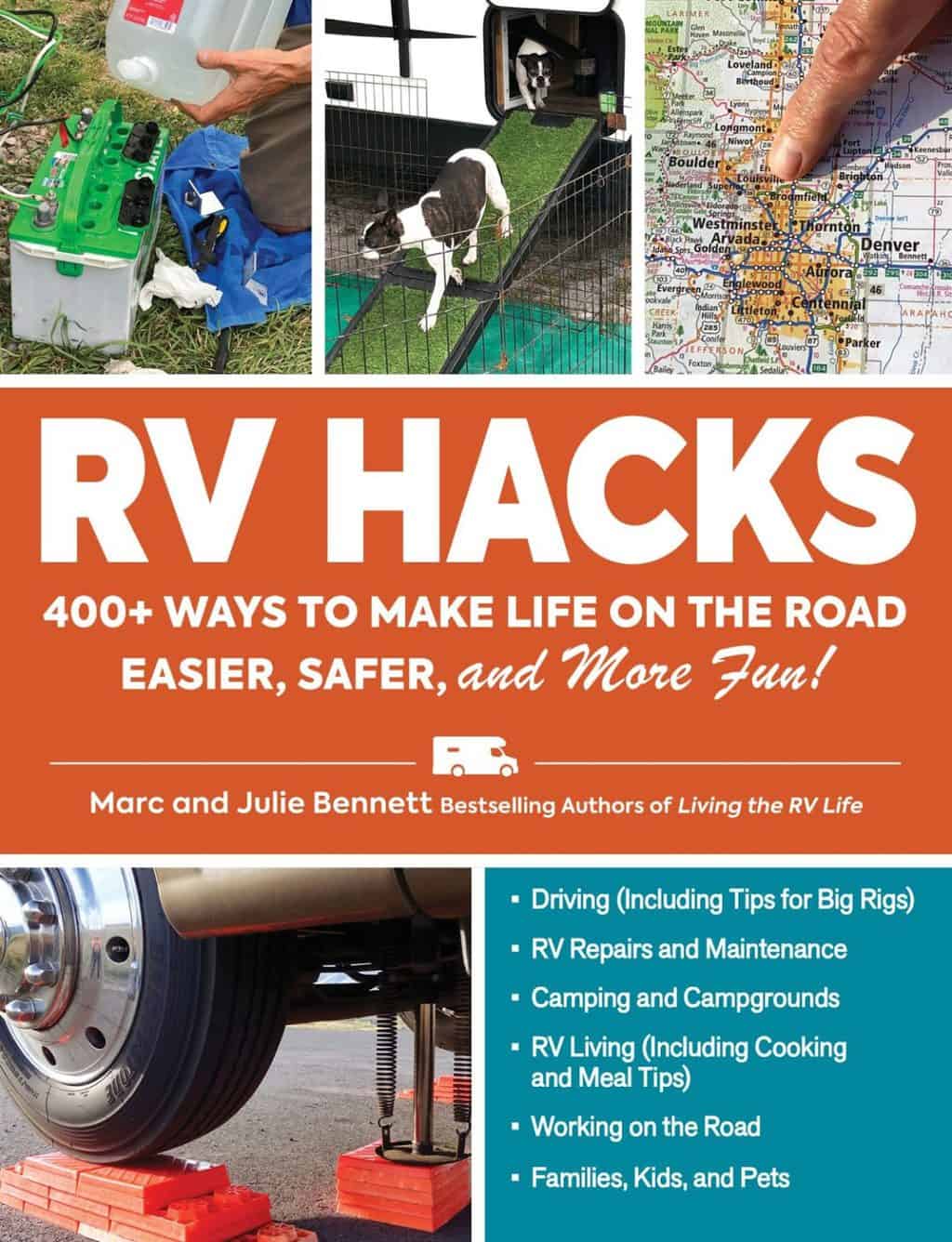
If you remember from my recent post about preventing premature battery death, a lot of the information out there on the great wide web is catered towards RVs, not trailers. That can be kind of a bummer, because these are two different vehicles with often different needs.
For instance, a motorhome or RV will often come with a heater and/or air conditioner for temperature control. Trailers, especially smaller ones, sometimes lack these necessities. That’s why it’s all the more important for your trailer to be insulated from top to bottom. This way, you can trap in the warmth or coolness and hold onto it as long as you can.
If you were to do a bit of research on insulation, though, all you’d find are solutions for RVs. That’s not to say that those same solutions won’t work for your trailer, because some will.
It’s about time trailer owners get the recognition they deserve. That’s why, in this article, I’m compiling five awesome ways to maintain temperature in your trailer with insulation. While not all these methods are catered exclusively to trailers, most of them are.
Before we get started, there are two things I want to note. The first is that it’s not recommended you spend a winter camping out in a trailer, even if you use all the insulation methods I suggest. Trailers are prone to air leaks and may have a single thin layer of insulation, often made of fiberglass. These factors are working against you.
I also want to quickly explain what an R-value is, since it will come up a lot. The more efficiency the insulation can maintain an even temperature, the higher its R-value is. Insulation will be better or worse depending on the climate in which you live, at least in regards to household insulation. It’s all fascinating stuff, and you can see a chart right here that breaks the country into several zones.
Since you’re insulating a mobile vehicle, you don’t need to worry so much about how R-values differ across the country and the various zones. Just know that the higher the R-value, the better.
Okay, now, without further ado, here are five ways to insulate your trailer.
1. Replace Your Windows
Most trailers have single-pane windows. These don’t insulate your vehicle at all, and in fact do the opposite. Single-pane windows are thin and cheap, so cold or warm air can easily get into the trailer through the windows. That leaves you shivering or sweating.
Now, you have two options. The first and best is to replace the windows altogether. There are several reasons you might be reticent to do that, though. For one, it can be kind of expensive. Second, tinkering with your trailer that much could void your warranty.
I understand your reticence. That’s why I’ll also tell you how to insulate a single-pane window. It won’t be as great as replacing the windows outright, but you should notice a difference.
Replacing the Windows
Step #1: Begin by measuring the size of your trailer windows. You might think they’re a standard size until you get to a home improvement store and quickly realize that none of the windows there will fit. It’d be annoying (and potentially dangerous) to get an ill-fitting window and have to cut it down yourself. Make sure you order the right window size the first time.
You tend to get four choices for trailer windows: awning windows, vertical sliders, horizontal sliders, and jalousie windows. Let’s touch on each kind now:
- Awning windows: With only dual opening glass panes, awning windows are a smart choice for mid-sized trailers.
- Vertical sliders: As the name suggests, vertical sliders are tall. They also open via a slide on tracks.
- Horizontal sliders: Horizontal sliders, then, are the same as vertical sliders, but they go sideways.
- Jalousie windows: Lastly, there are jalousie windows. With poor sealing but great views, jalousie windows are a compromise.
Step #2: Once you’ve gotten your new window(s) ordered and in-hand, you can begin the job of uninstalling your current windows. Sometimes this is as simple as unscrewing the window frame and going from there. With metal and vinyl siding windows, you will have to take off the siding first.
Step #3: Scrape away any leftover caulk or putty.
Step #4: Fit the window into place, using fresh sealant to hold it secure. It’s recommended you buy fresh screws and siding so the windows insulate better.
Insulating the Windows
If you don’t or can’t go through the effort of getting new windows, then you can always insulate what you have. Here are some tactics to try:
- Apply plastic insulating film: For a few bucks, you can get plastic insulating film. You cover the window (both sides) and then use the included double-sided adhesive tape to keep the film in place. Then you use a blow dryer to make an airtight seal across the film. It’s not the prettiest thing ever, but it works.
- Wrap the windows in bubble wrap: If you really don’t care about looks, then bubble wrap is your friend. You’ll need a spray bottle filled with water, which you spritz on the inside and outside of the window. That should give the bubble wrap something to stick to.
2. Reseal Doors
Now that your windows are taken care of, it’s time to tackle another area where major cold/heat loss occurs: your doors.
If your trailer doors don’t have weatherstripping, that’s the first thing you can change. You can order weatherstripping online or pick it up at any home improvement store. If you own a house, then you’ve seen weatherstripping in action. This strip of bulky fabric sticks beneath your front door to prevent drafty air from disrupting the coolness or warmth of the interior.
A door snake serves the same purpose as weatherstripping and can be made as easily as taking a dish towel, rolling it, and putting under your door. Again, does this look good? Nope, but if you’re inside for the night, who cares?
The last method is more time-intensive, as it’s a DIY job. It involves reapplying a fresh layer of caulk around your trailer doors. You should do this at least annually (or about every two years) anyway, so it’s good to get into the habit now. If you notice any holes, cracks, or small spots, add extra caulk to them. That should cut down on draftiness.
3. Cover Your Vents
If you’ve insulated your windows and doors and you’re still noticing cold or hot air coming in through your trailer, it could be that you forgot all about your vents. They’re higher up in your vehicle, after all, so they’re easy to miss.
Your trailer vents are a crucial part of your setup, as they allow humidity and moisture to travel through and leave your vehicle. That prevents uncomfortable fogginess in the short-term and mold and mildew in the long-term.
That said, your vents can also prevent you from staying cool on hot nights and leave your teeth chattering in colder weather. The solution? Get a vent cushion!
This one from Camco is essentially the best of the best. It’s rated five stars on Amazon and is also an Amazon Choice product. It costs $14.99, so it shouldn’t break any budgets. It’s made for RV and trailer vents that are at least 14 inches, but you could probably cut or compress it to fit smaller vents.
You can get the vent cushion with or without a reflective surface. The non-reflective cushion is a little more expensive, by less than a dollar. Both types of cushions will insulate your trailer more effectively. The reflective version even offers bonus UV protection.
Obviously, you should not use your trailer’s vents with the cushion still in place. It’s so easy to place and remove this cushion when needed that you’ll wonder how you ever lived without it before.
4. Skirt the Trailer
Skirting is admittedly a tactic that’s used more for RVs than trailers, but hey! What’s stopping you from skirting your vehicle, too? After all, your trailer’s underside is just as vulnerable to chills or heat from the outdoors as an RV’s is.
Let’s rewind for a second. You’re probably asking, what exactly is skirting? It’s a layer of fabric you wrap around the bottom half of your vehicle that dangles to the ground. The skirt prevents excess cold or heat from coming in underneath and into your trailer. Plus it looks pretty cute, I have to say.
As I mentioned, it’s much, much more common for RVs to have skirting than trailers. You’ll probably have to settle for buying an RV skirt and trimming it down to size to fit your vehicle, then.
RVSkirting.com specializes in designing RV skirts. If you have a fifth-wheel trailer, you can get a skirt for this trailer type specifically. Otherwise, you might want to get in touch with them or another manufacturer and ask about custom sizing.
Why get a skirt for your trailer? According to TripSavvy, a skirt can control inside temperatures exceptionally well. You may reduce your propane usage in the cooler months since you don’t need as much fuel to keep your vehicle warm.
5. Reinsulate the Walls
Remember at the beginning of this article how I mentioned that most trailers have a thin, flimsy layer of fiberglass insulation on the walls? Yeah, that’s no good. Even if you do the other four insulation tactics I suggested, you still might not be as comfortable as you can be.
By reinsulating your walls, you can rest assured that you’ve done all you can for temperature control in your trailer. I do have to warn you that doing this job yourself will probably void any type of warranty you may have. You might want to check with your trailer manufacturer if even a professional can work on your walls.
Once you get that out of the way, you have several materials to choose from for insulation. These are:
- Spray foam: For a simple DIY job, spray foam is great. Not only does it have a relatively high R-value (I told you that would come up again), but it comes in a canister or similar container. Then you apply it using the canister. Spray foam comes out looking like shaving cream. Once you let it settle, your walls are now insulated much better.
- Rigid foam: Then there’s rigid foam, which you can size just right by slicing it. This pink foam has a good R-value as well. You will need industrial tape or caulk for adhering the foam to the walls of your trailer. Rigid foam is known for its strength, durability, and moisture-fighting properties. Although I made it sound easy, this is a much harder job than using spray foam.
- Fiberglass foam: Perhaps instead of replacing the insulation you’re using outright, you can just add more. Fiberglass foam insulation isn’t all bad, after all. It has a good R-value and is adept at keeping cool air in the vehicle over the summer. Expansion occurs when fiberglass gets warm though, so you will have to change out this insulation every few years. Another downside is the potential for mold to get in the insulation. You’ll smell this before you see it, and by then, it’s too late to salvage in most instances. You’ll need to change out the insulation at that point.
Conclusion
RVs may have more plush accommodations than trailers (most of the time), but that doesn’t mean you have to spend your autumn freezing cold or sweat it out all summer. There are plenty of ways to better insulate your trailer.
Start with the doors and windows, two of the biggest culprits. The vents can also let outdoor air into your temperate trailer. Finally, if none of that works, I recommend you consider reinsulating the walls.
Sure, trailers aren’t necessarily meant for winter driving, but with fresh insulation, you know you can withstand almost any temperature extreme the weather has to throw at you.
[author title=”About the Author” style=”font-family:lato;”]




Can you use spray foam for walls WITHOUT TSKING THEM DOWN ?If so, HOW?